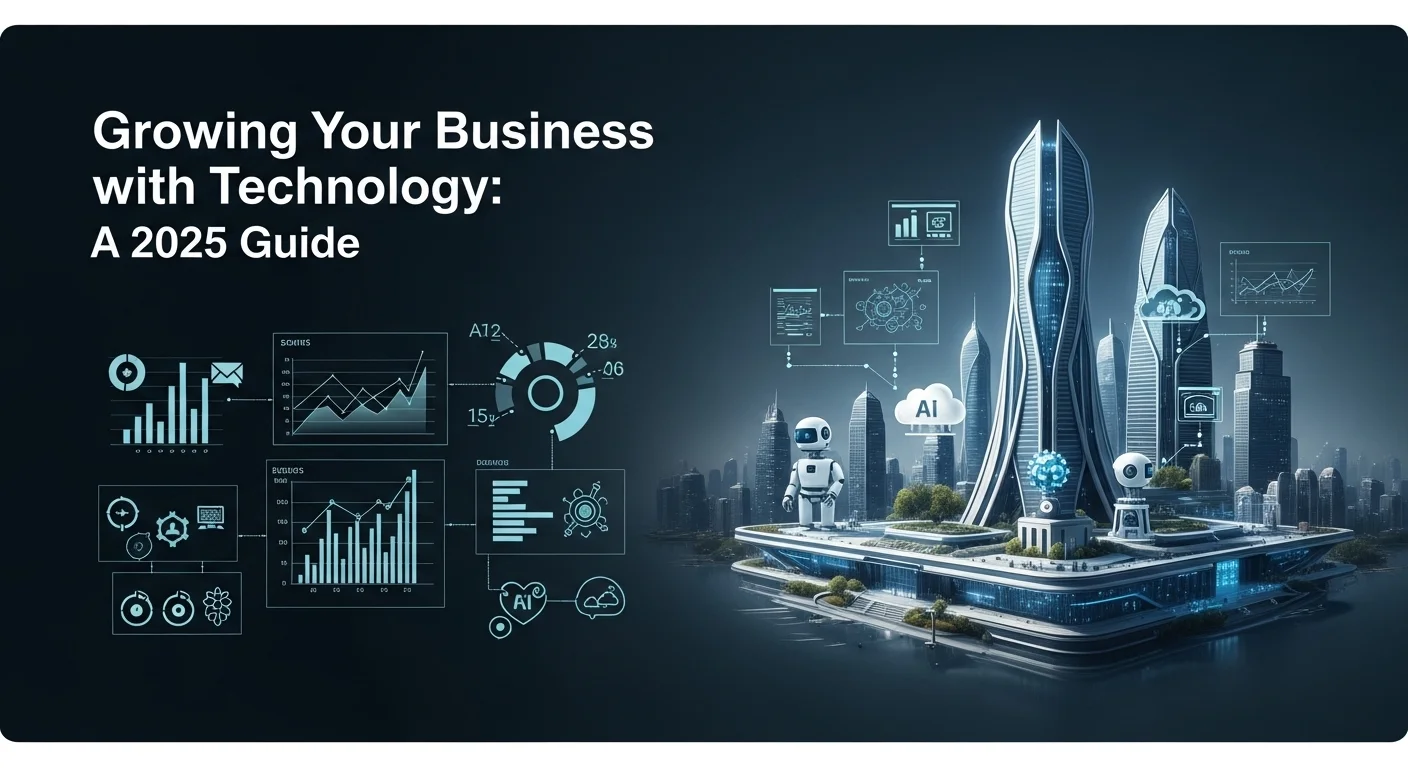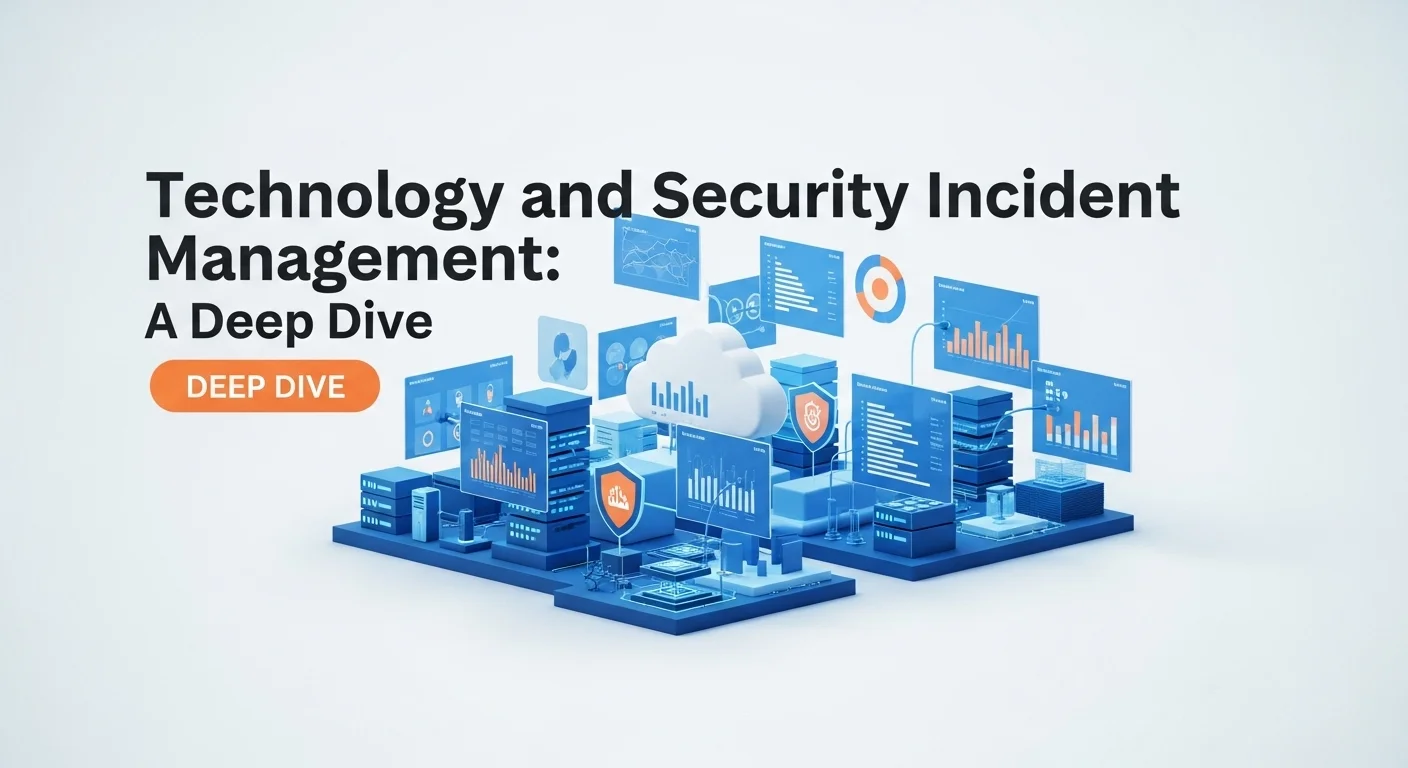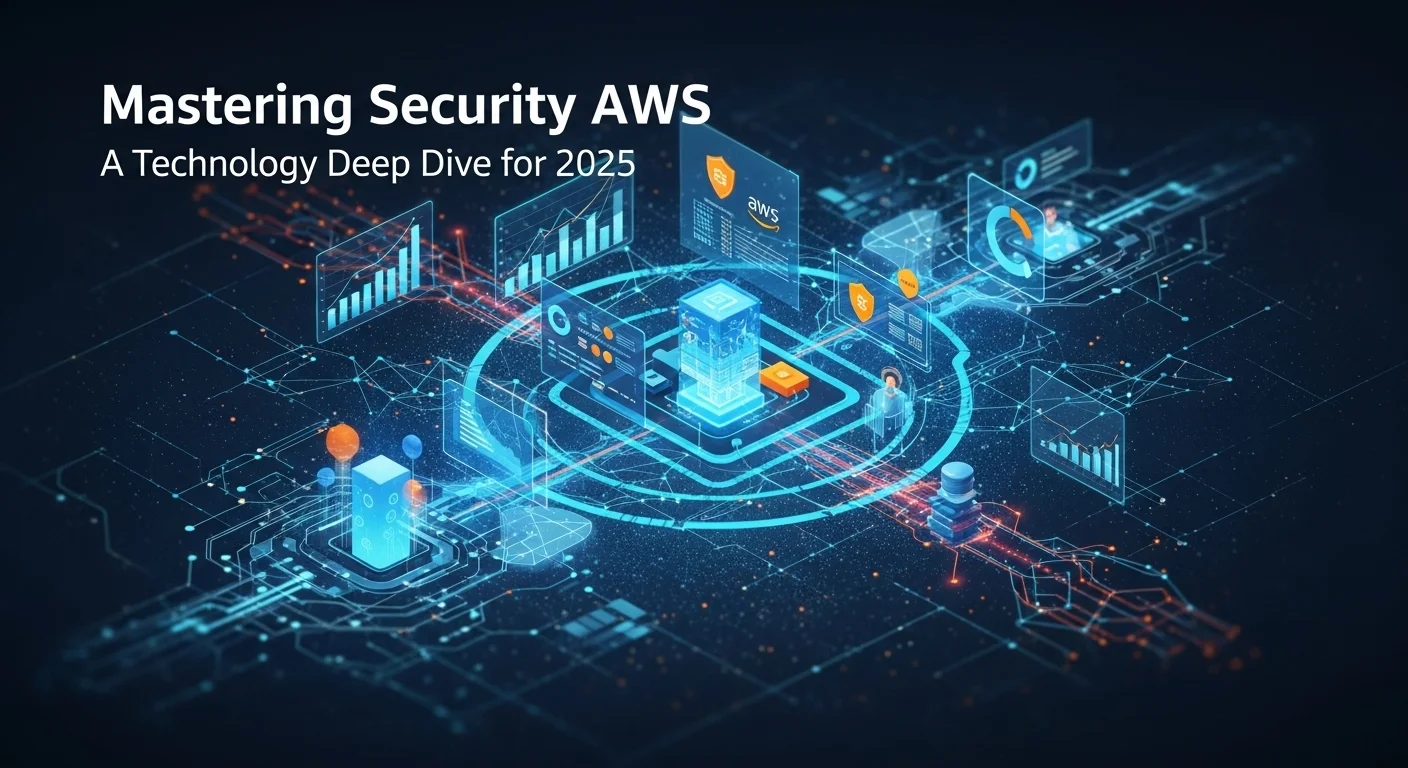The On-Demand Revolution: How Cloud Tech Changed Business Forever
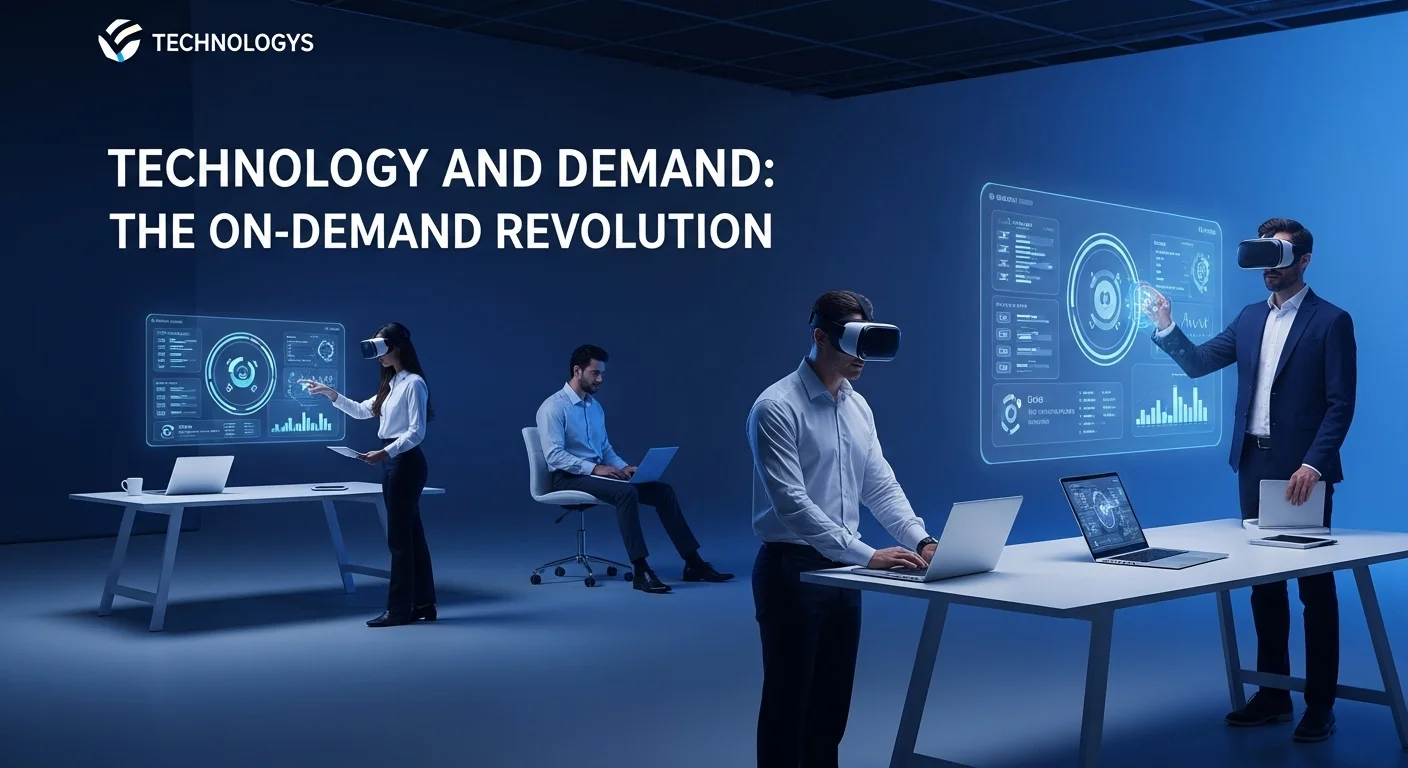
Executive Summary
Think about the last time you streamed a movie, ordered food delivery, or hailed a ride from your phone. That instant access, that immediate fulfillment? That's the on-demand world we live in. I've spent over a decade in tech, and I've seen firsthand how this same 'right now' principle has completely transformed the business world. It's all thanks to a game-changing idea: the cloud. Gone are the days of buying clunky, expensive servers that took weeks to set up. Now, immense computing power is available with a few clicks, paid for like a utility bill. This isn't just a technical upgrade; it's the engine behind modern innovation, from your favorite streaming service to complex AI. In this article, I'll break down what this on-demand revolution really is, show you the cloud services that make it tick, explore some of the hottest business ideas emerging from this new landscape, and give you real-world strategies to use these tools for explosive growth. The future is instant, and it's time to get on board.
Table of Contents
What is On-Demand Technology and Why Does It Matter?
In the tech world, 'demand' used to just mean what customers wanted. Now, it also means how they get it: 'on-demand.' This means getting services and resources the second you need them, and it has become the bedrock of our digital lives. I can't stress enough how huge this change is. We've shifted from owning things to simply accessing them, from rigid systems to flexible, scalable tools. The hero of this story is cloud computing. What was once a niche idea for techies is now the standard operating system for everyone from a two-person startup to a global corporation.
I remember the old days clearly. If you wanted to launch a new website or app, you had to physically buy servers, install everything, and manage a tangled mess of hardware and software. It was slow, expensive, and a total headache. If you had a sudden spike in traffic, good luck. Scaling up was a nightmare that took weeks. When things got quiet, you were stuck with expensive equipment just sitting there collecting dust. The cloud came in and smashed those barriers. It turned physical hardware into a virtual, accessible pool of resources you could tap into from anywhere.
The Cloud Revolution: How It Powers the On-Demand World
At its core, cloud computing is just the delivery of IT resources over the internet with pay-as-you-go pricing. It’s a beautifully simple concept. Instead of owning your own data centers, you access things like computing power, storage, and databases from a cloud provider whenever you need them. This gives you incredible flexibility. Let's say you need more power for a big holiday sale. You can fire up thousands of virtual servers in minutes and then turn them off as soon as the sale is over. That’s the magic of an on-demand service in cloud computing. It turns a massive upfront investment into a predictable monthly bill.
This is delivered through a few key models, which are like different levels of service:
- Infrastructure as a Service (IaaS): This is the most basic level. Think of it like renting a plot of land and a toolkit. You get the raw computing infrastructure—virtual servers, storage, networking—and you build whatever you want on top. You manage your applications and data, while the provider handles the physical hardware. It offers maximum control.
- Platform as a Service (PaaS): PaaS is like renting a fully equipped workshop. It gives you an environment to develop, test, and run your applications without worrying about the underlying infrastructure. The servers, databases, and operating systems are all managed for you. You just bring your code and get to work.
- Software as a Service (SaaS): This is the model most of us use every day. SaaS is software delivered over the internet on a subscription basis. Think Gmail, Salesforce, or Netflix. This is the ultimate example of cloud computing delivering software on demand. The provider handles absolutely everything—the software, the updates, the security. You just log in and use it.
The Giants of the Cloud: The Platforms Behind the Revolution
This on-demand world is powered by a few tech titans who have built breathtakingly massive global networks. These on-demand cloud computing platforms are the engines of the modern economy:
- Amazon Web Services (AWS): The original pioneer and still the biggest player in the game. AWS has an almost overwhelming menu of over 200 services for nearly any task imaginable. From my experience, its maturity and sheer breadth of services make it the go-to choice for a huge range of businesses.
- Microsoft Azure: Coming in at a strong second place, Azure's superpower is its deep integration with the corporate world. For any company already using Microsoft products like Office 365 or Windows Server, Azure often feels like a natural, seamless extension into the cloud. Their hybrid cloud solutions are top-notch.
- Google Cloud Platform (GCP): While third in market share, GCP is a beast when it comes to cutting-edge tech. They are leaders in data analytics, machine learning, and Kubernetes (the tool for managing modern applications, which they invented). I've seen companies with massive data needs achieve incredible things on GCP.
These platforms are more than just server rentals; they are bustling marketplaces of on-demand cloud services. They offer everything from smart databases and AI APIs to global content delivery networks. This has leveled the playing field in an incredible way. A small team with a great idea can now access the same powerful tools as a Fortune 500 company. This was simply impossible just 15 years ago, and it's why we're seeing so many innovative in-demand businesses to start popping up everywhere. The market provides the 'why,' and the on-demand model provides the 'how'.

A Complete Guide to On-Demand Business Solutions
So, you're sold on the 'why.' Now for the 'how.' Getting the most out of on-demand technology isn't just about swiping a credit card for a cloud service; it's about thinking differently. It requires a smart approach to both your tech and your business model. I've built this guide to give you a clear roadmap, whether you're an entrepreneur with a new idea or an established company looking to modernize. The goal is to build flexible, scalable, and customer-focused solutions that win in today's fast-paced market.
Building for On-Demand: The Right Technical Blueprint
To truly tap into the cloud's power, you have to design your applications for it. The old way of building one giant, clunky piece of software doesn't work here. These are the modern patterns I use with my clients:
- Microservices: Instead of one big application, you build it as a collection of small, independent services. For example, one service handles user logins, another handles payments, and another handles product search. Each can be updated, fixed, or scaled on its own. If your payment service gets slammed during a promotion, you only need to scale up that one piece, not the whole system. It's more efficient and much more resilient.
- Containers (Docker & Kubernetes): Containers are a way to package your software and all its dependencies into a neat little box (a container) that runs the same everywhere. Docker is the most popular tool for creating these containers. Kubernetes is the master organizer; it manages all your containers at scale, automatically handling deployment, scaling, and networking. For me, Kubernetes is the essential conductor for the microservices orchestra.
- APIs (The Great Connectors): APIs are the glue that holds the digital world together. They're contracts that let different pieces of software talk to each other. Your microservices use APIs to communicate. More broadly, businesses now expose their services via APIs, allowing others to build on top of them. When your ride-sharing app uses Google Maps for navigation, it's using an API. This allows you to rapidly build powerful apps by plugging together various on-demand cloud services.
- Serverless Computing: This is the purest form of on-demand tech. You simply write your code as small functions that run in response to an event (like a user uploading a photo). The cloud provider handles everything else—you never even think about a server. You pay only for the split-second your code is actually running. It's incredibly efficient for unpredictable workloads.
Where's the Opportunity? In-Demand Businesses to Start Now
This tech shift has thrown the doors wide open for new business ideas. If you can spot a problem and build a smart cloud solution for it, you're in a great position. Here are some of the most promising areas I'm seeing explode right now:
- Cybersecurity as a Service (CSaaS): Every business is a target. As companies move to the cloud, security becomes more complex, and finding expert talent is tough and expensive. CSaaS companies offer security as a subscription, providing things like 24/7 monitoring, threat detection, and compliance help. The demand here is massive and growing every day.
- Niche Software as a Service (SaaS): The world doesn't need another generic project management tool. The real gold is in 'vertical SaaS'—software built for a specific industry, like construction management, law practice software, or tools for local farms. When you solve a unique industry problem, you build a fiercely loyal customer base.
- AI-Powered Analytics and Automation: Most companies are drowning in data but have no idea what to do with it. An AI-as-a-Service business can solve this by offering powerful AI models on demand. This could be anything from predicting sales trends to analyzing customer feedback from social media. You're essentially selling intelligence as a service.
- Managed Cloud Services & FinOps: Many small and medium-sized businesses want the cloud's benefits without the headache of managing it. A managed service provider (MSP) can handle everything for them. A hot specialty within this is FinOps (Financial Operations), which focuses solely on controlling and optimizing a company's cloud spending—a huge pain point for many.
- Telehealth and Digital Wellness: The demand for remote healthcare has skyrocketed. Platforms that connect patients with doctors, therapists, or fitness coaches online are a high-growth area. Think on-demand consultations, personalized health plans, and wellness content delivered right to a user's device.
Comparing the Big Three: AWS vs. Azure vs. GCP
Choosing the right on-demand cloud computing platform is a big decision. I've worked extensively with all three, and here's my honest take on where each one shines:
- AWS: Choose AWS for its sheer breadth and maturity. It has a service for everything and the largest ecosystem of tools and professionals. If you want the most options and a battle-tested platform, AWS is often the safest bet.
- Microsoft Azure: Choose Azure if you're already in the Microsoft world. Its integration with Windows Server, Office 365, and other enterprise tools is seamless and powerful. Its hybrid cloud capabilities, which connect your own data centers to the public cloud, are considered the best in the business.
- Google Cloud Platform (GCP): Choose GCP if your world revolves around data, AI, and modern containerized applications. It leads the pack in these areas with incredible tools like BigQuery and its native support for Kubernetes. I find its pricing can also be very competitive for long-running jobs.
Honestly, there's no single 'best' platform for everyone. Many smart companies are now using a multi-cloud strategy, picking and choosing services from different providers to get the best of all worlds. That's the ultimate expression of on-demand strategy: using the right tool for the right job, every time.
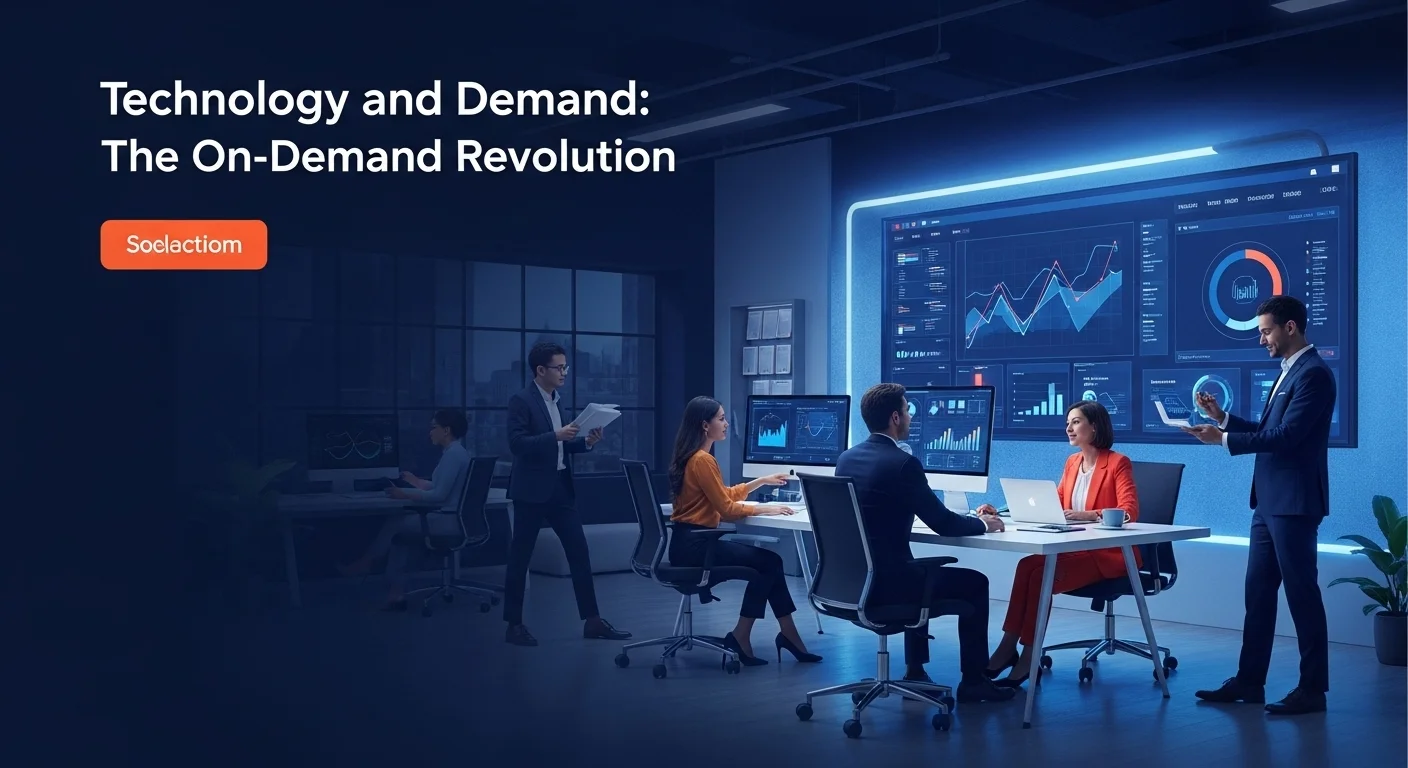
Tips and Strategies to Master On-Demand Technology
Getting started with on-demand tech is one thing; truly mastering it is another. It's an ongoing journey of learning, optimizing, and adapting. For businesses, this means moving from just 'using the cloud' to becoming 'cloud-native.' For us tech pros, it means constantly sharpening our skills. Here are my go-to tips and advanced strategies to help you get the most out of your on-demand experience, making it more efficient, secure, and innovative.
Best Practices for Cloud Cost Management (FinOps)
The biggest shock for many new cloud users is the first bill. That pay-as-you-go flexibility can be a trap if you're not careful. This is where the discipline of FinOps comes in—it’s all about bringing financial common sense to your cloud spending. Here's how to keep costs in check:
- Know Where Your Money Is Going: You can't control what you can't see. Dive into the cost management tools your cloud provider offers. Use 'tags' to label every resource by project, team, or department. This is non-negotiable for figuring out who is spending what.
- Commit for Big Savings: If you have predictable workloads that are always running, paying the on-demand price is like throwing money away. All major platforms offer huge discounts (often over 70%) if you commit to one or three years of usage through 'Reserved Instances' or 'Savings Plans.' It's one of the easiest ways to slash your bill.
- Use Spot Instances for Non-Critical Jobs: This is my favorite cost-saving hack. Cloud providers sell their spare computing capacity at massive discounts—sometimes 90% off. These are called 'Spot Instances.' The catch? The provider can take that capacity back with only a short warning. But for jobs that can be interrupted and restarted, like data processing or testing, they are an absolute game-changer for your budget.
- Automate Your Housekeeping: So many resources are 'over-provisioned'—bigger and more expensive than they need to be. Use monitoring tools to find these lazy resources and 'rightsize' them. Even better, set up automated scripts to shut down development environments on nights and weekends and to delete forgotten resources like unused storage drives.
Security in an On-Demand World: Your Shared Responsibility
Security in an On-Demand World is a partnership. The provider (AWS, Azure, GCP) is responsible for securing the cloud itself—the physical buildings, the global network, the core hardware. But you are responsible for security *in* the cloud. Think of it like renting a secure apartment building. The landlord provides a strong main door and secure walls, but you're responsible for locking your own apartment door. Here's your checklist:
- Lock Down Identities (IAM): Follow the 'principle of least privilege.' Every person and every application should have the absolute minimum permissions needed to do its job, and nothing more. And please, use Multi-Factor Authentication (MFA) everywhere.
- Encrypt Your Data: Encrypt data when it's moving across the network (in transit) and when it's being stored (at rest). The cloud platforms make this incredibly easy to do, so there's no excuse not to.
- Build Virtual Walls: Use tools like Virtual Private Clouds (VPCs) and Security Groups to create isolated network zones for your applications. These act as your personal firewalls, giving you strict control over what traffic can get in and out.
- Always Be Watching: Security isn't a one-time setup. Use cloud-native security tools to constantly monitor for weird activity or misconfigurations. This is absolutely critical, especially if you're building a business in a space like Cybersecurity as a Service, where your entire reputation is built on trust.
Future Trends: What's Coming Next in On-Demand Tech
The on-demand model is always evolving. If you want to stay ahead of the curve, keep your eyes on these trends that are shaping our future:
- AI as a Simple Service (AIaaS): Building AI models is hard. AIaaS platforms are changing that by offering powerful, pre-trained models through a simple API call. Soon, adding things like language translation or image recognition to your app will be as easy as plugging in any other on-demand service in cloud computing.
- Edge Computing: With billions of IoT devices out in the world, sending all that data back to a central cloud is often too slow. Edge computing brings the processing power closer to where the data is created. This enables real-time magic like autonomous cars and smart factories.
- Serverless by Default: In my opinion, serverless is moving from a niche choice to the default for many new applications. The benefits of not managing servers and only paying for what you use are just too compelling. It's the purest form of the idea that cloud computing delivers software on demand.
- Quantum Computing as a Service: This one is still on the horizon, but it's exciting. Quantum computers promise to solve problems that are impossible for today's machines. The big cloud providers are already giving researchers access to early-stage quantum machines via the cloud, opening the door for breakthroughs in medicine, materials, and finance.
To keep up with the high-level strategy behind these shifts, I always recommend a quality resource like Harvard Business Review's section on Technology and Innovation. By combining practical skills with a view of what's next, you can turn technology from a simple tool into your most powerful engine for innovation.
Expert Reviews & Testimonials
Sarah Johnson, Business Owner ⭐⭐⭐
The information about Demand is correct but I think they could add more practical examples for business owners like us.
Mike Chen, IT Consultant ⭐⭐⭐⭐
Useful article about Demand. It helped me better understand the topic, although some concepts could be explained more simply.
Emma Davis, Tech Expert ⭐⭐⭐⭐⭐
Excellent article! Very comprehensive on Demand. It helped me a lot for my specialization and I understood everything perfectly.

